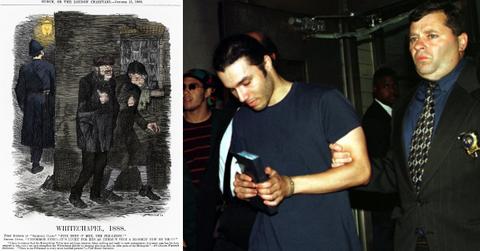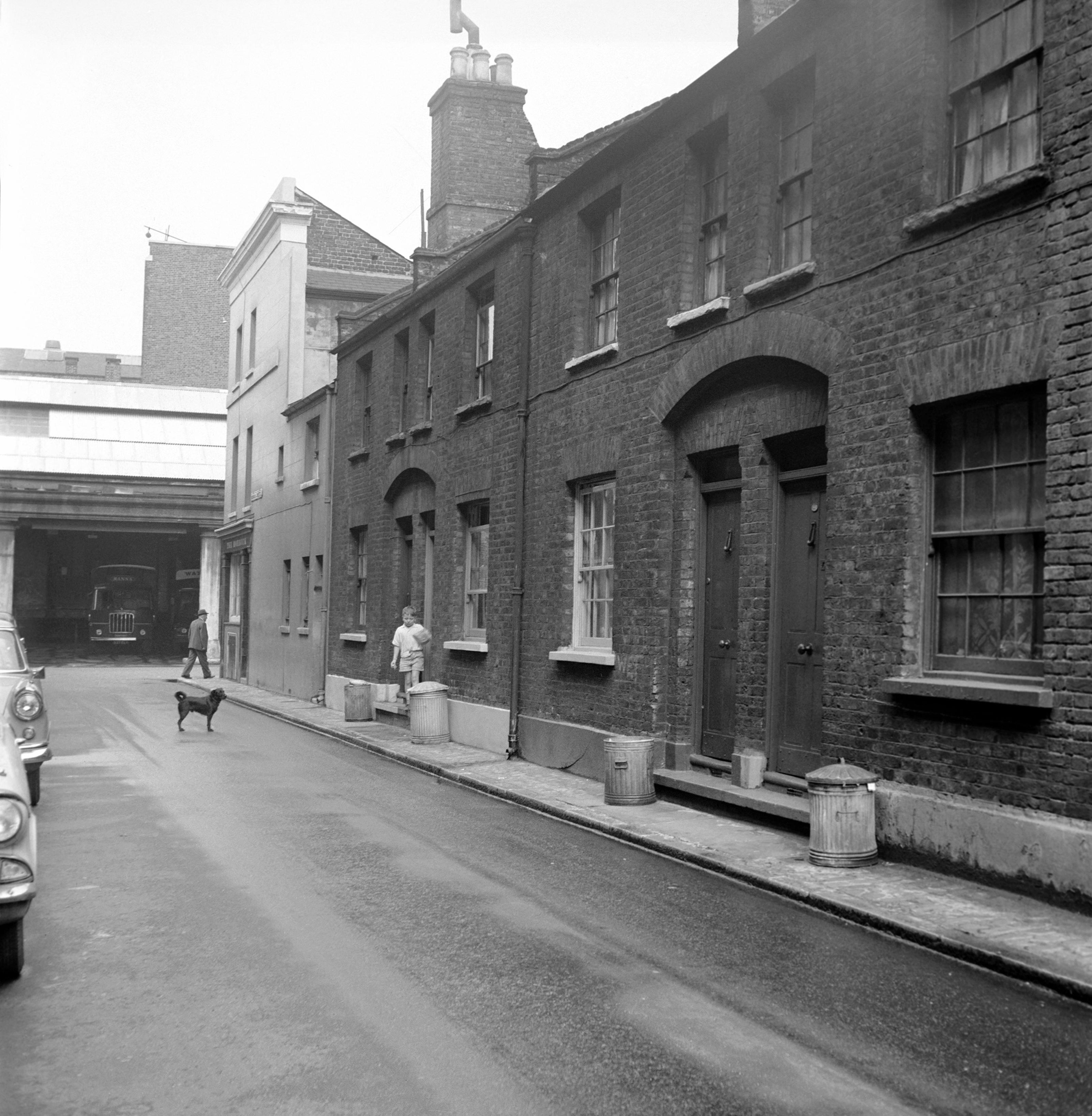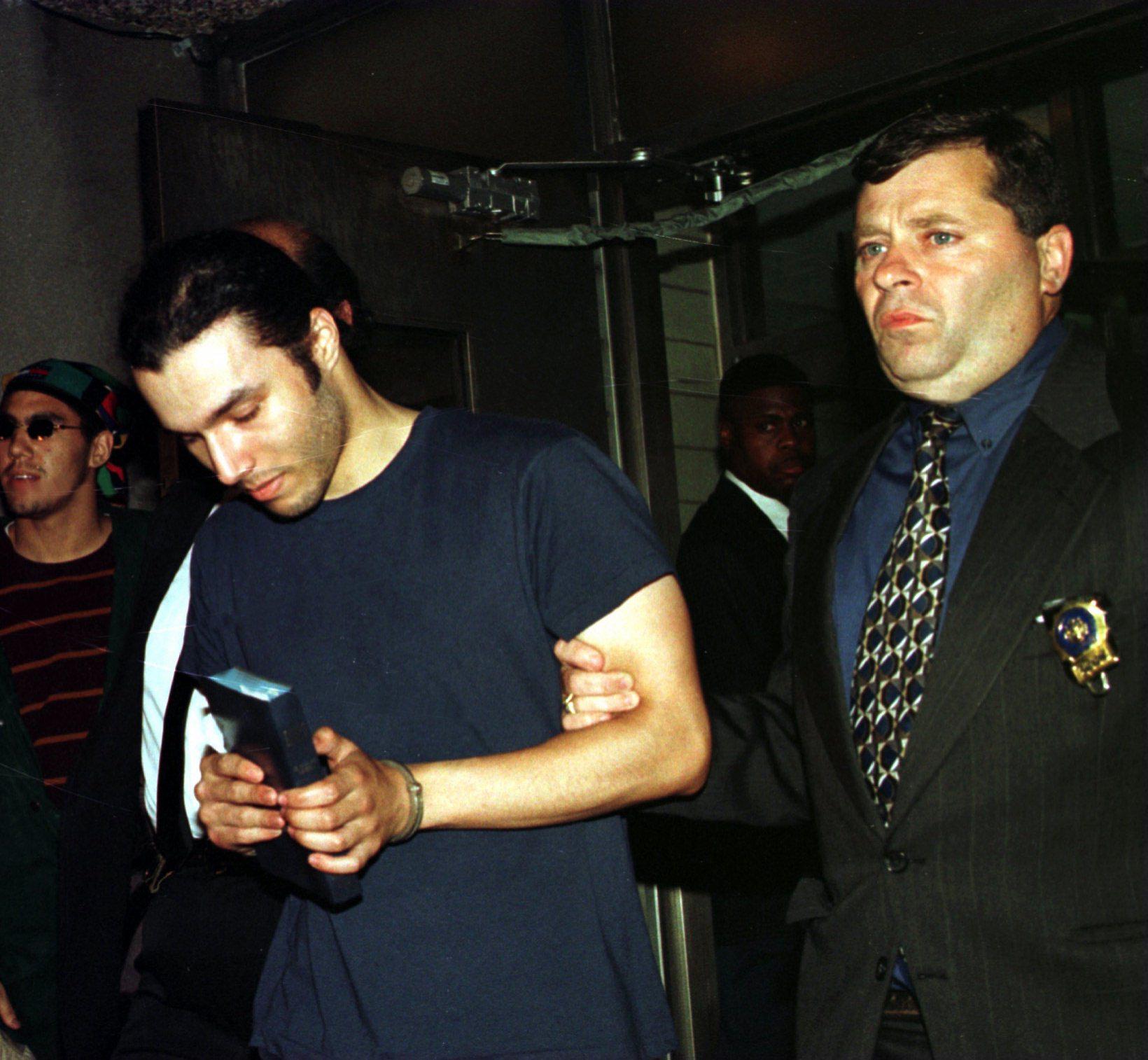Copycat killers: When famous murders become inspiration for other killings

As far as many know, murder and serial killings are either caused by psychopaths or those who have a motive to commit unspeakable crimes.
Serial killings get more coverage from the media as new groups seek to inform the public about the threat. The coverage can backfire and instead inspire an individual who’s sick enough to try a crime in the same manner.
The media’s effects on an individual shows both positive and negative reactions, but at times, the negative effects are highlighted, especially regarding violence that leads to antisocial behavior.
Pop culture, such as movies and TV shows, has also triggered some of these killings, aside from real-life events.
They have become known as “copycat” killings.
JACK THE RIPPER
One of the oldest and best examples of this instance is the Jack the Ripper killings. Jack the Ripper was an unidentified serial killer who terrorized the streets of East End London from 1888 until 1891, which the police named the “Whitechapel murders,” taken from the main arterial road where the vicinity of the murders happened. There were 11 reported murders within the area and five were attributed to the Ripper's work.
The “canonical five,” as they came to be called, were prostitutes whose throats were cut before he proceeded to mutilate their insides and genitalia, which led the authorities to believe he had some surgical or anatomical knowledge.
A two-page letter, which seemed to be written in blood, was delivered to Scotland Yard wherein the killer named himself “Jack the Ripper.” The newspapers got hold of the letter, which they printed, created more fear within the people. Perhaps to some, an inspiration.

The scene of Jack the Ripper's killings.
Soon after, several murders took place wherein authorities received an influx of letters claiming they were the infamous Ripper and taunting messages to catch the culprit. Jack the Ripper was never identified and remains as one of the most notorious killers who roamed East End London.
Despite the Ripper’s killings taking place in the 19th century, in 2007 47-year-old Derek Brown took inspiration from the Ripper. Like the infamous killer, Brown’s killings also happened in the Whitechapel area of East London, where he killed two women.
Despite the bodies not being retrieved, local authorities found the women’s blood in Brown’s apartment and he was sentenced to prison for 30 years.
ZODIAC KILLER
During the 1960s, another serial killer caused a media frenzy and this time, the murders occurred in northern California. He became known as the Zodiac Killer. Like Jack the Ripper, the Zodiac Killer sent several letters and cards to the San Francisco area press and was known to have murdered five victims between December 1968 to October 1969.
- Walking Among Us: Three Recent Serial Killer Cases Where The Murderer Hasn't Been Caught
- AS BODIES PILED UP ON LONG ISLAND BEACHES, POLICE BELIEVED IT WAS A SERIAL KILLER'S WORK. A LOOK AT THE GILGO BEACH MURDERS.
- Whodunnit? The 10 Most Infamous Unsolved Crime Cases of All Time — from Black Dahlia to JonBenét Ramsey
In his letters, the killer shared sensitive information that was not published in the newspapers and ciphers and cryptograms, along with threats of murder if his wishes were not met.
The Zodiac Killer claimed he killed 37 people, which authorities worked feverishly to close, but he was never caught. Eventually, the letters stopped though the case remains open today.
Former San Francisco Chronicle cartoonist Robert Graysmith named Arthur Leigh Allen as the most likely persona behind the Zodiac Killer, yet there was no conclusive evidence to connect him to the murders.
The Zodiac Killer inspired David Fincher’sJake Gyllenhaal, Mark Ruffalo and Robert Downey Jr. The Zodiac Killer also served as the inspiration behind the 1971 action thriller film “Dirty Harry.”
The Zodiac inspired Heriberto “Eddie” Seda, also called the New York Zodiac, to commit the same atrocious crimes in the streets of New York City. Between 1990 to 1993, Seda killed three people and critically injured four more.

Heriberto “Eddie” Seda after his arrest.
Seda, who was obsessed with death and astrology, was finally caught in March 1994. Initially, he was arrested for possession of a deadly weapon, but after police saw the similarities between Seda’s handwritings for his statement and the New York Zodiac’s letters, they started investigating him.
They found his prints in a letter sent to the police and evidence against him and he was eventually sentenced to 83 years in prison and 152 years more for eight attempted murders.
COPYCAT KILLERS IN THE FUTURE?
The phenomenon of “copycat” killing is just that, an occurrence that is few and far. However, it’s a popular subject on any police TV show.
The rise of social media and instant access to violence, crime and shared anonymity begs the question of how the phenomenon will affect those looking to copying the crimes of others.
Historically, the news media has been known to provide the focal point for these types of crimes. Social media is a wide-open field, with untapped potential for those looking to vicariously live through the lives or others.
Whether they carry out the “copycat” acts remains to be seen.
Become a Front Page Detective
Sign up to receive breaking
Front Page Detectives
news and exclusive investigations.
